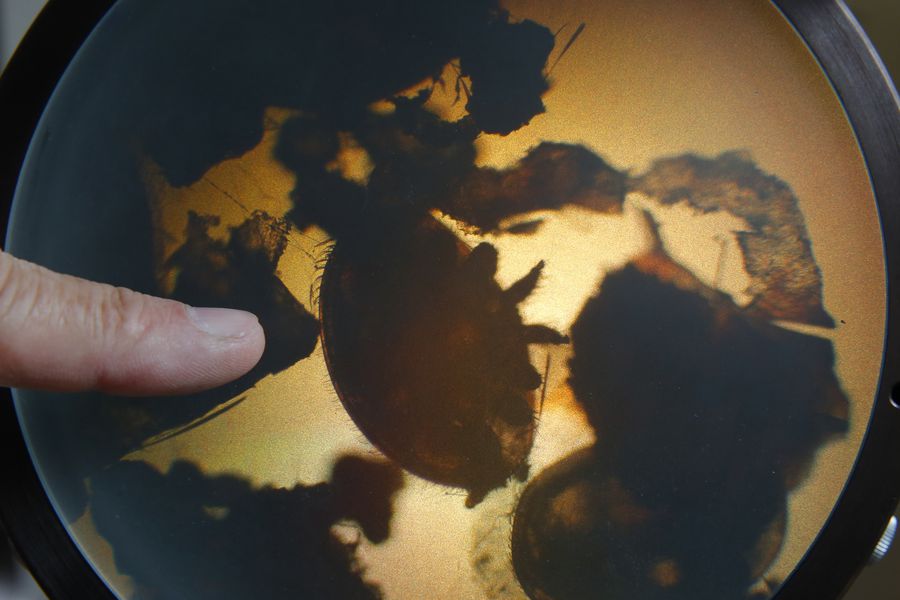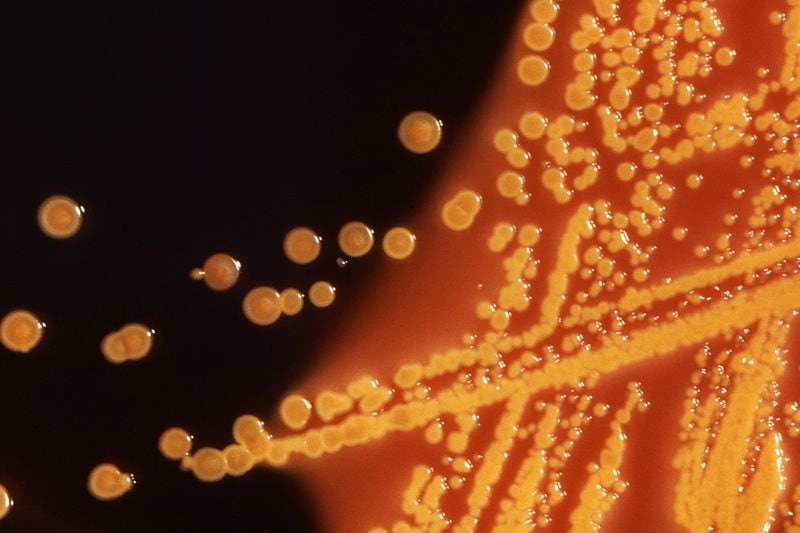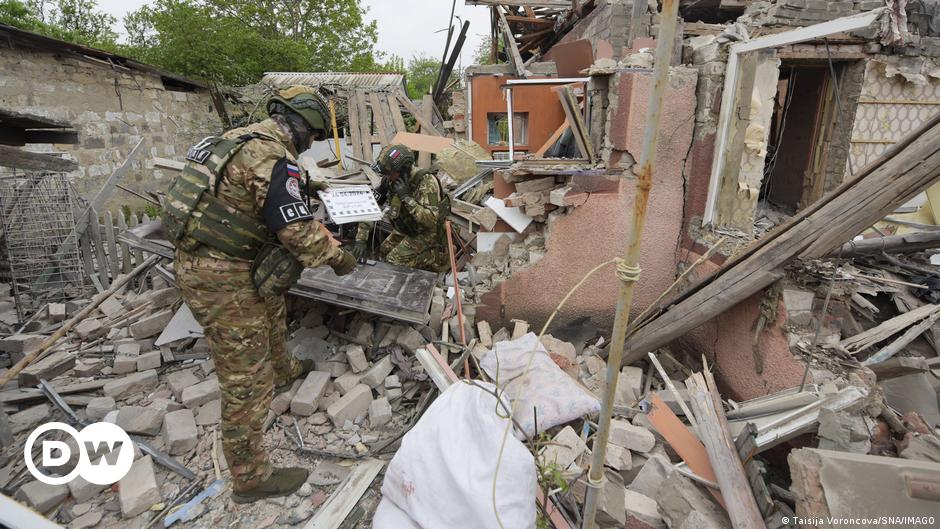Bacteria under the rug? Chilean scientists have discovered conditions that prevent them from accumulating in corners

Science has shown that bacteria tend to build up on surfaces, resulting in carpeting or stains that make them tough and resistant. When this surface has a boundary, for example a wall, the bacteria are attracted by such force that they swim close to the wall and accumulate there. What makes them prefer these places? Does it matter if the wall is smooth or rough?
Maria Luisa Cordero, Alternate Director of the Millennium Core Physics for Active Matter He leads an investigation where physicists are also involved, Rodrigo Soto and Nestor Sepulveda, as well as former master’s student Benjamin Perez, The results of which could affect infection control in medical instruments and internal prosthetics.
Dr. Cordero is an expert in building labs on a chip, Devices no larger than a coaster, recreating the conditions that need to be examined. In this case, come up with a device with three smooth walls (control) and one rough or corrugated. The latter can control the amplitude of the oscillations and the wavelength to have a wall with more or less curvature.
“It was the goal Experimental and theoretical studye, How does surface shape modify whether or not bacteria produce mats or biofilms. And if a microscopic wall with curves can redirect the bacteria and expel them from the wall,” Cordero says.
To do this, the scientists placed Escherichia coli bacteria in a liquid to see how much and how it accumulated on the rough or wavy wall. What they found depends on the roughness of the wall if it builds up more or less. What makes the difference?

What the team of researchers discovered is that when a rough wall has a small or flat curvature, bacteria accumulate near the wall and swim along it. When they have a significant curvature, they accumulate in the valleys of the curve. however, When the wall has an average curvature, the bacteria are pushed away from the wall.
“If the ripple is low, the bacteria stick to the wall and act as if they are surfing their waves. On the other hand, if the wall has a great curvature, and the bacteria tend to stay at the bottom of the wave, they can’t surf the wave well, so they pile up. Whereas when the ripple is medium wall, Bacteria reach the crest of the wave and the wall geometry pushes them awayCordero graphs.
The researcher explains that knowing these details can have an impact on fields such as medicine, because by controlling the undulations of the surfaces of medical instruments, one can Prevent bacteria from accumulating and causing infection. “If we put a roughness or a bend in a catheter, for example, that doesn’t have such deep pockets, we can prevent bacteria from accumulating, and thus from causing an infection,” he says.
While Benjamin Perez, who wrote his master’s thesis in this research, suggests that the formation of surfaces to which bacteria are less likely to adhere, and thus also not to form bacterial mats, would help, for example, in the design of intracorporeal prostheses that are more complex than those we know today.
He adds that the next step is modeling work The exact mathematics of the curvature that a rough wall needsSo that the bacteria are expelled.

“Award-winning zombie scholar. Music practitioner. Food expert. Troublemaker.”


/cloudfront-eu-central-1.images.arcpublishing.com/prisa/AHVYMMDSTZDTDBFNZ3LMFUOKNE.jpg)








